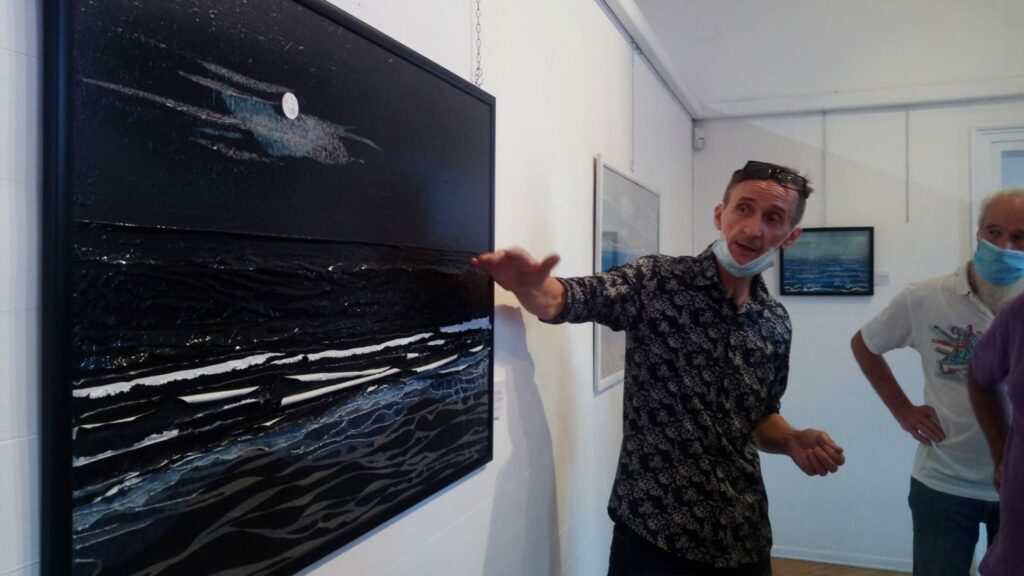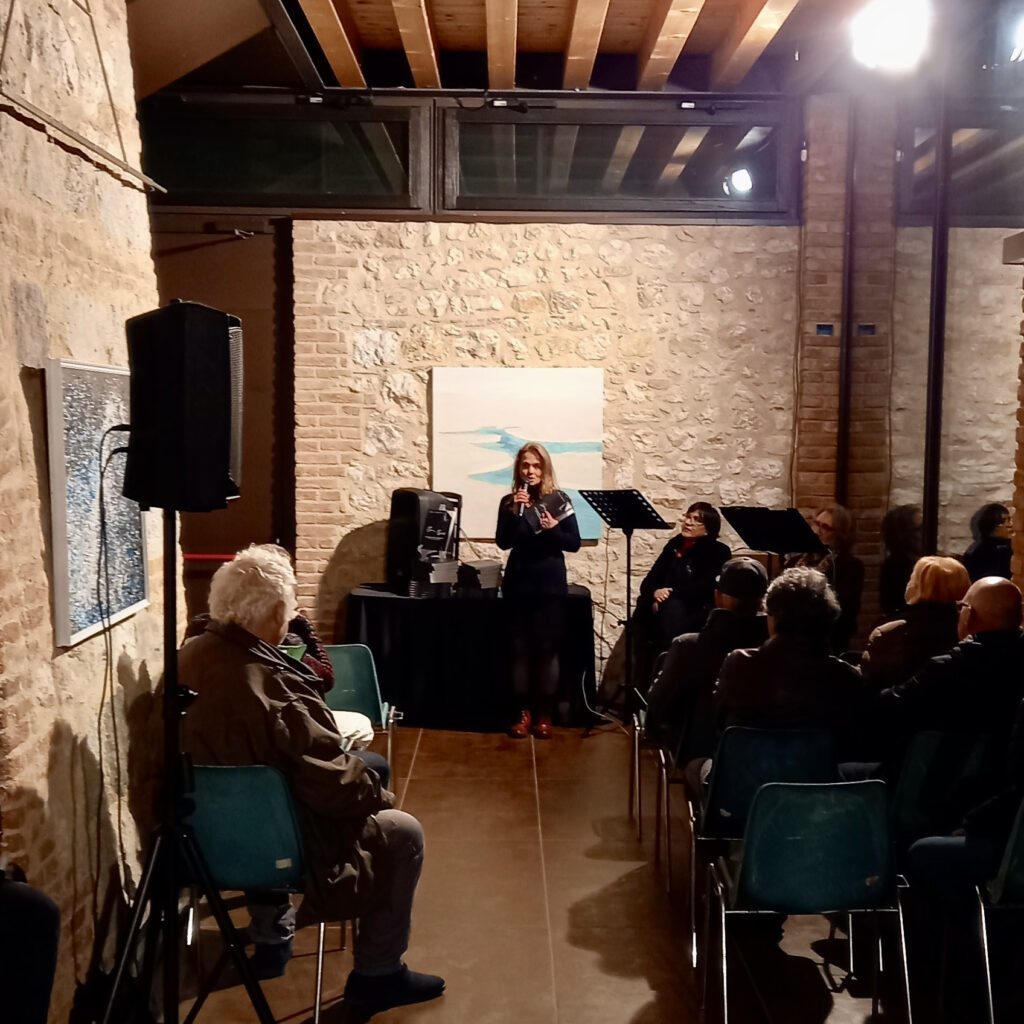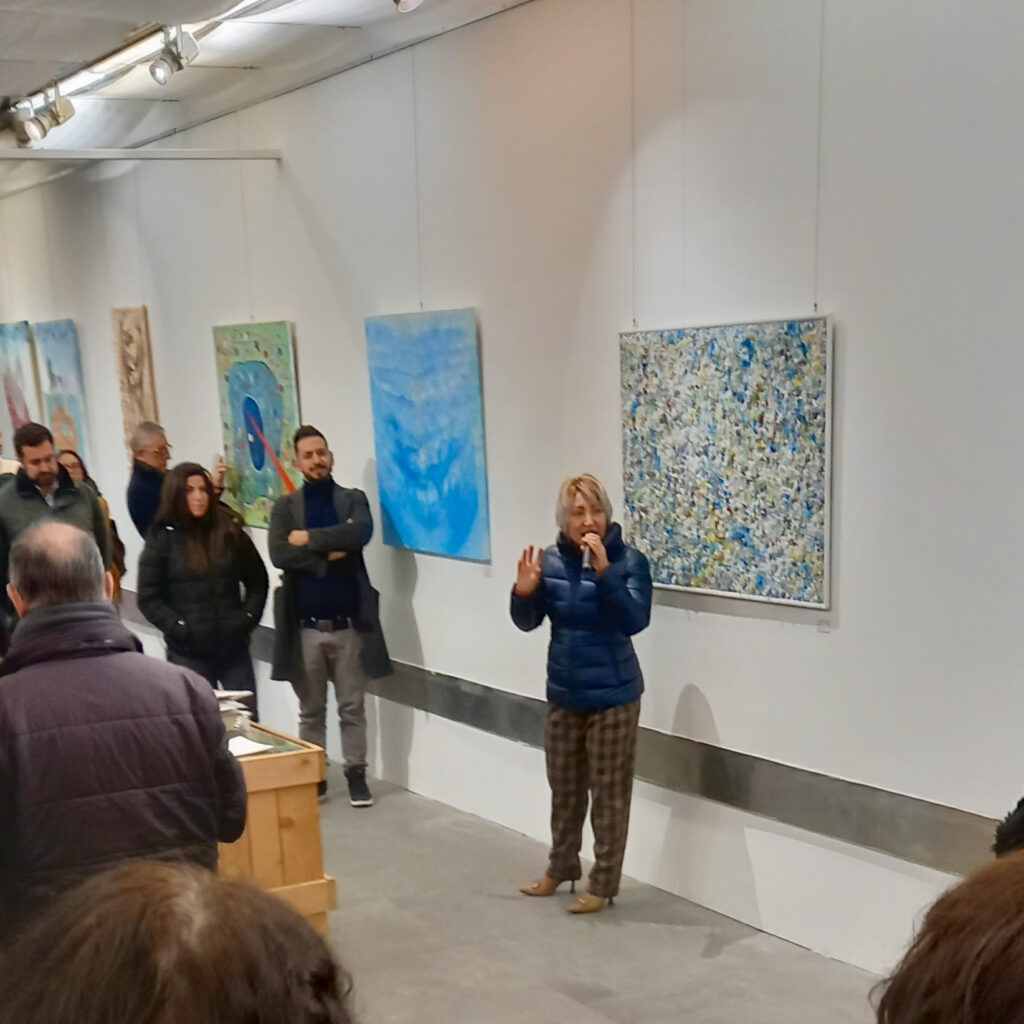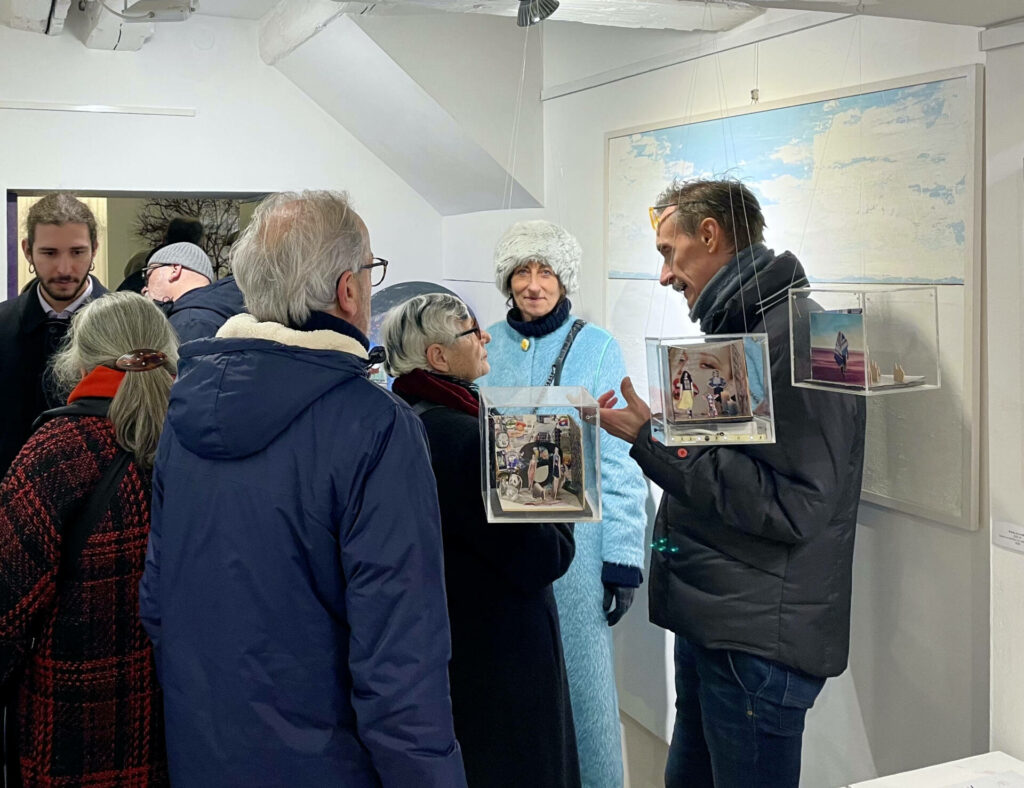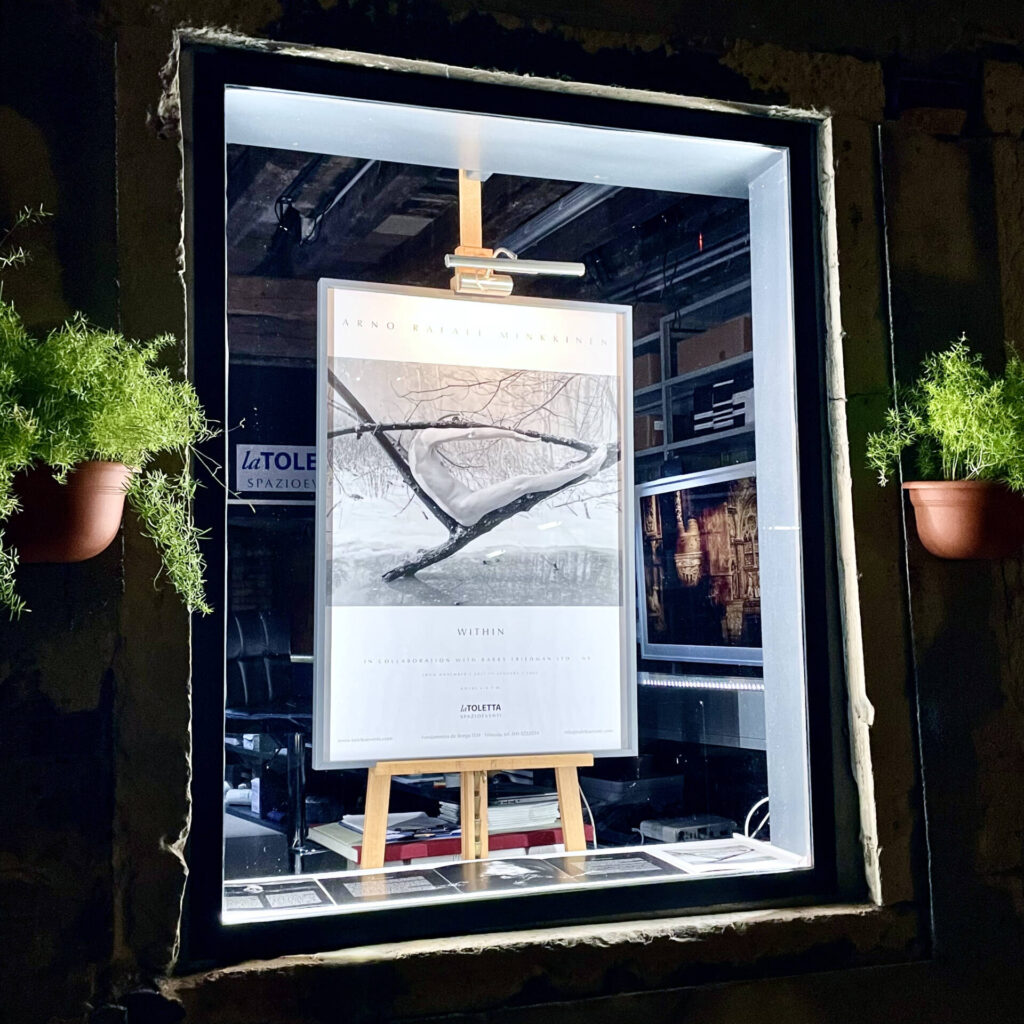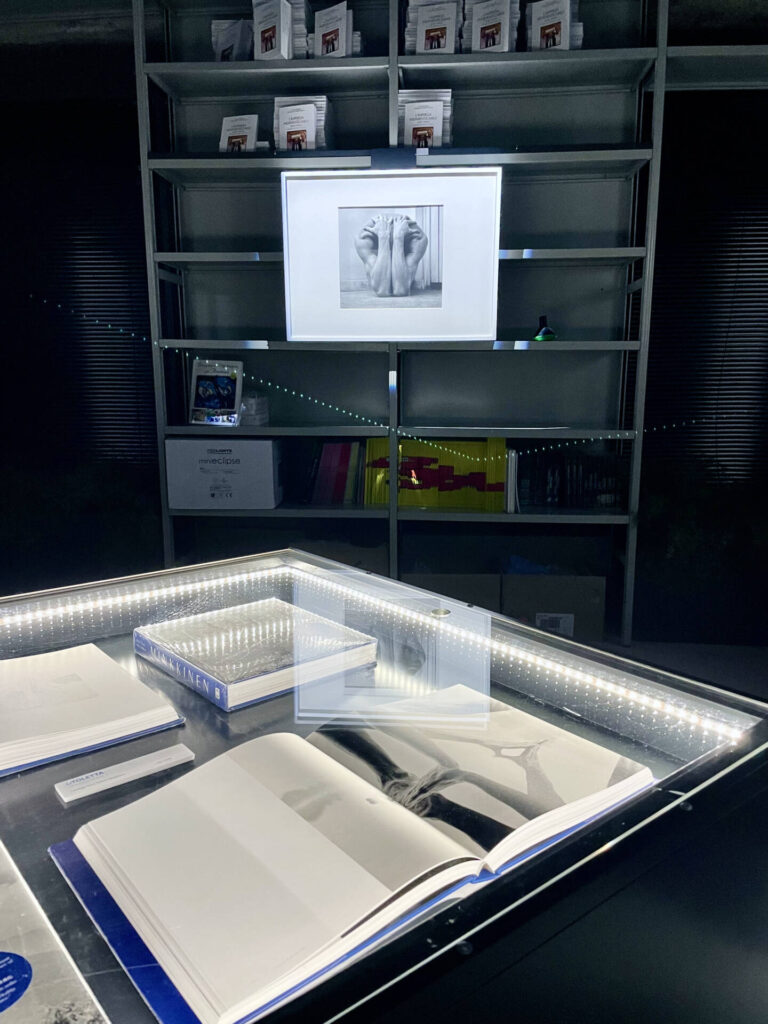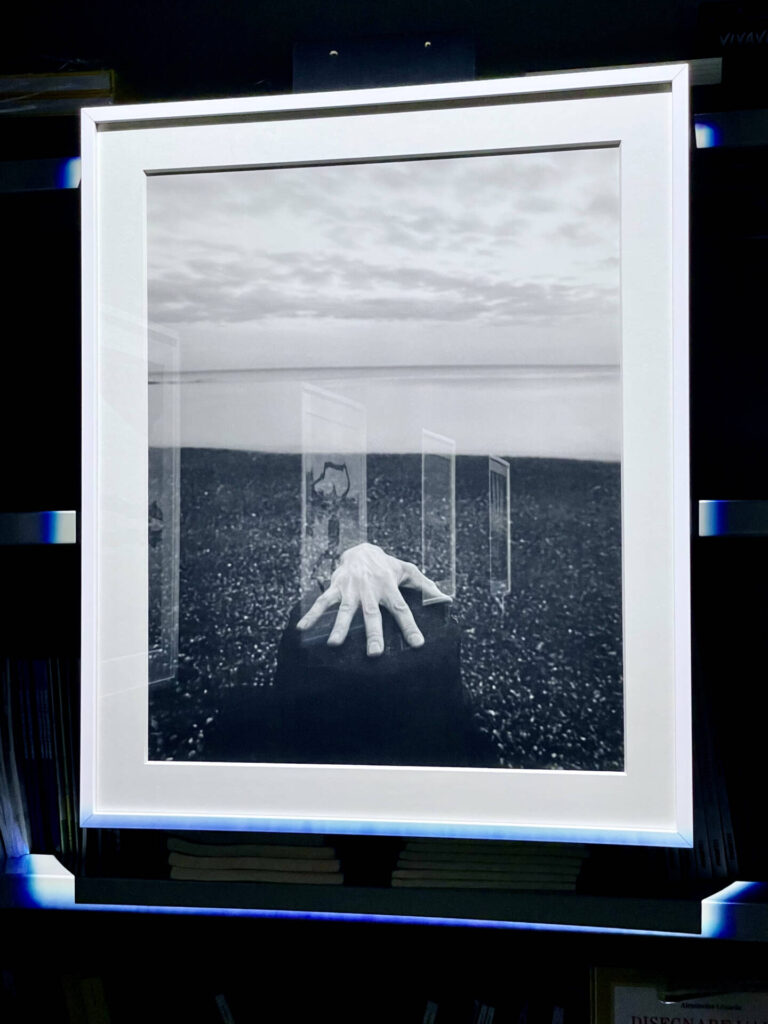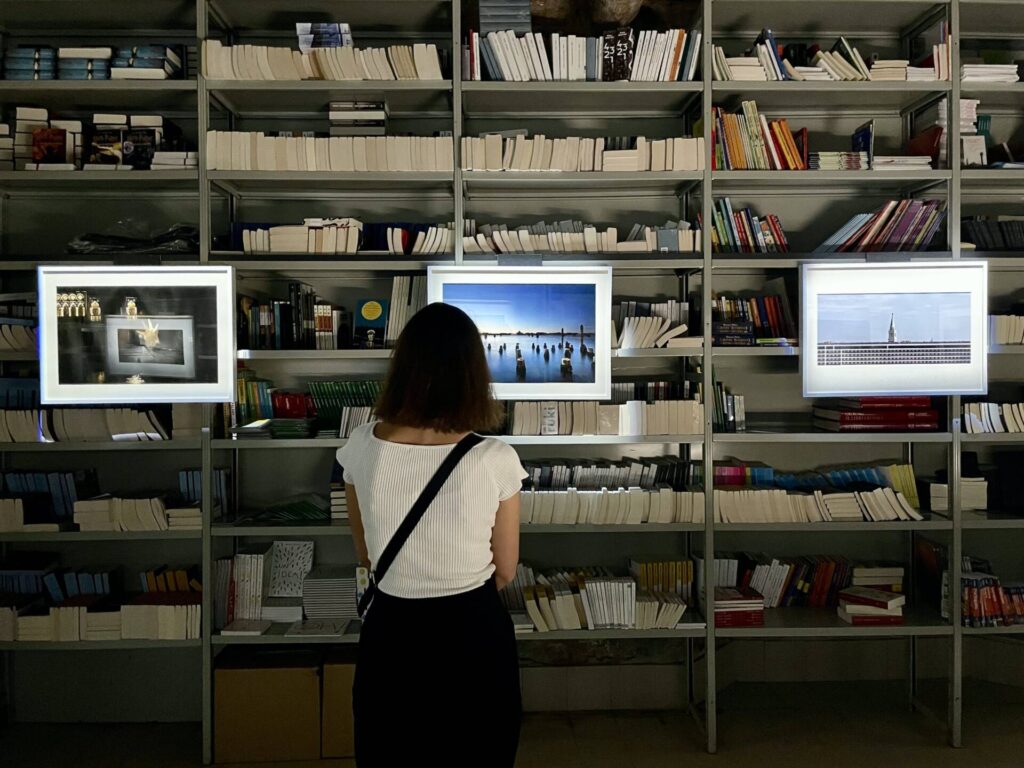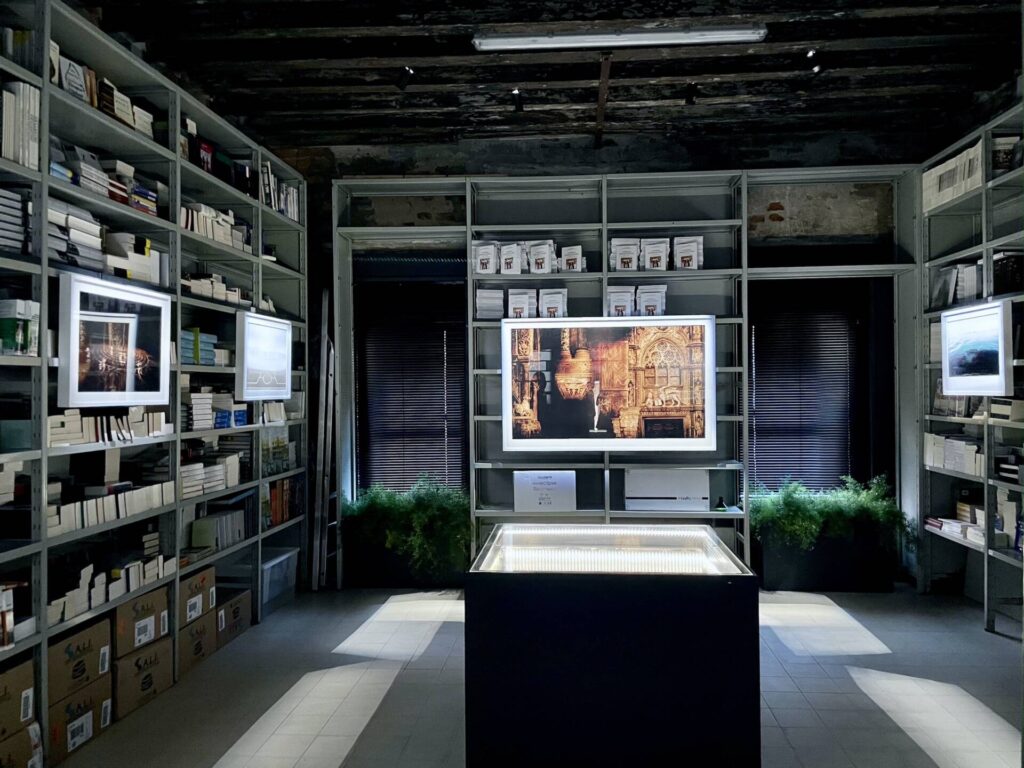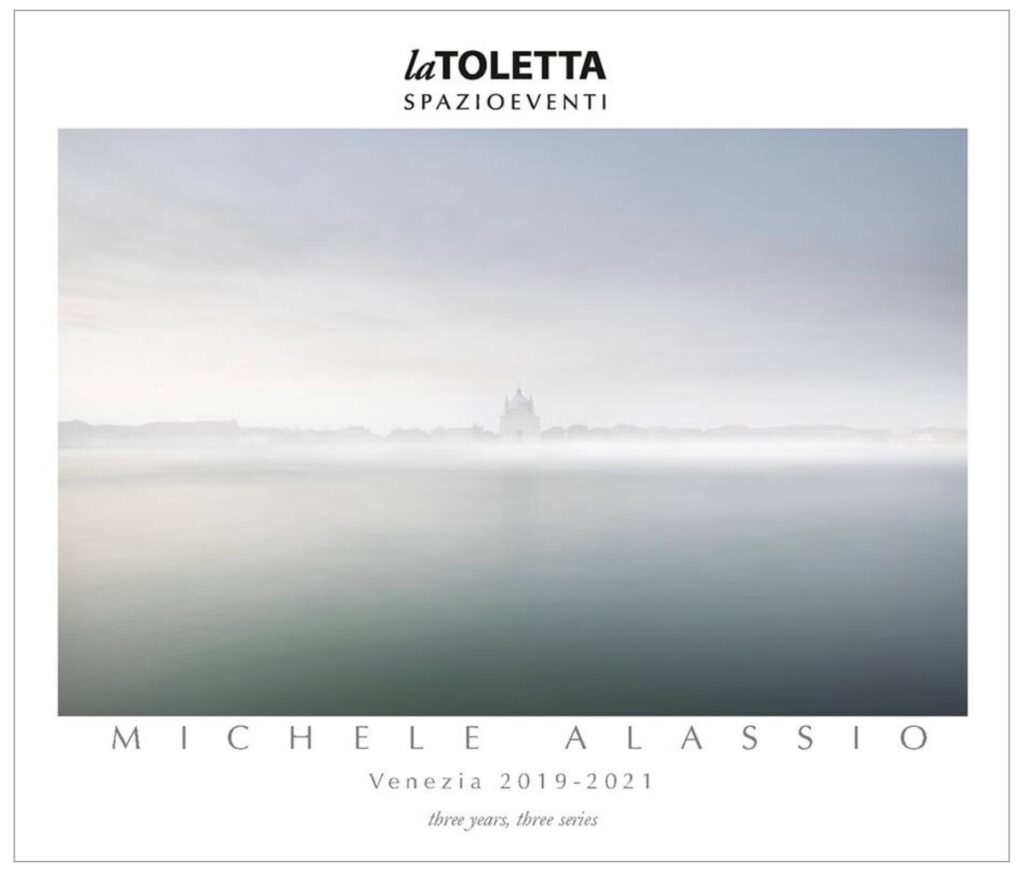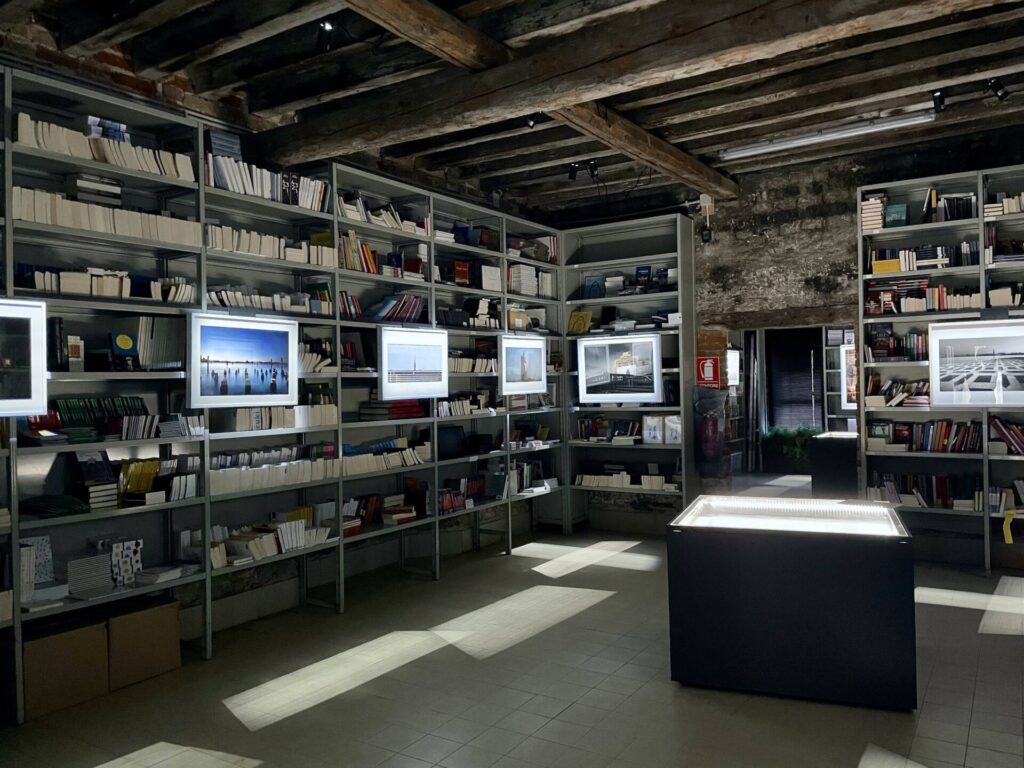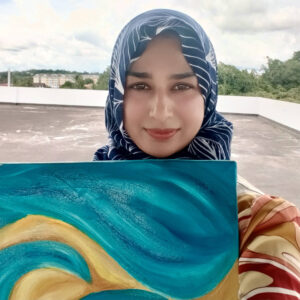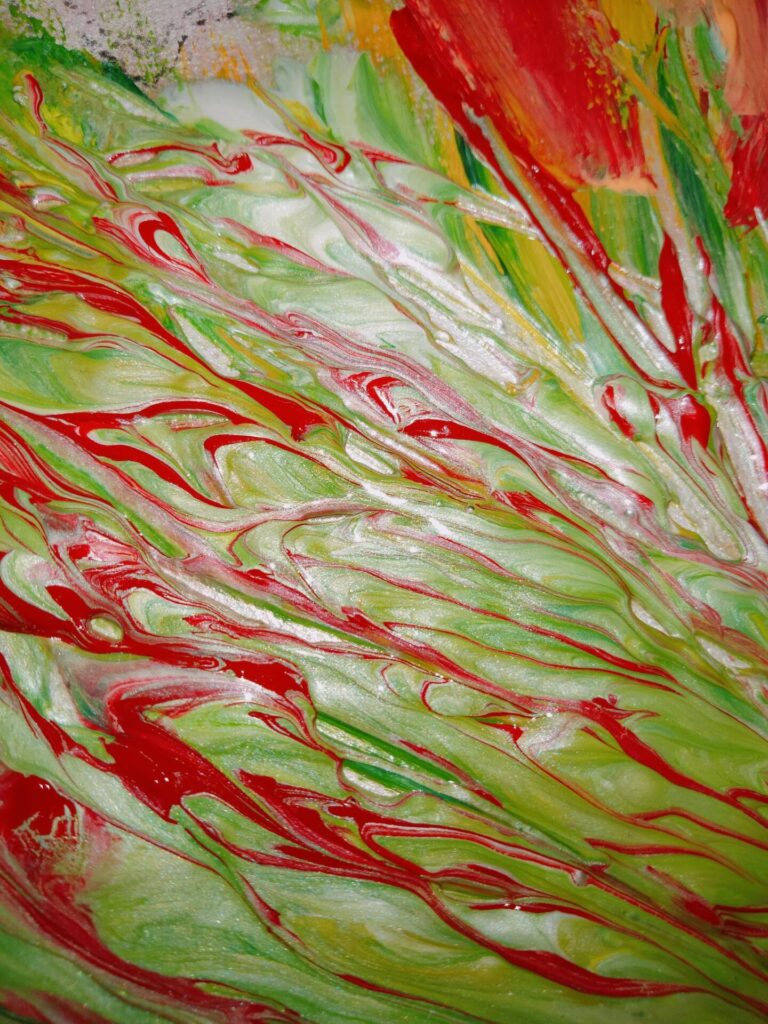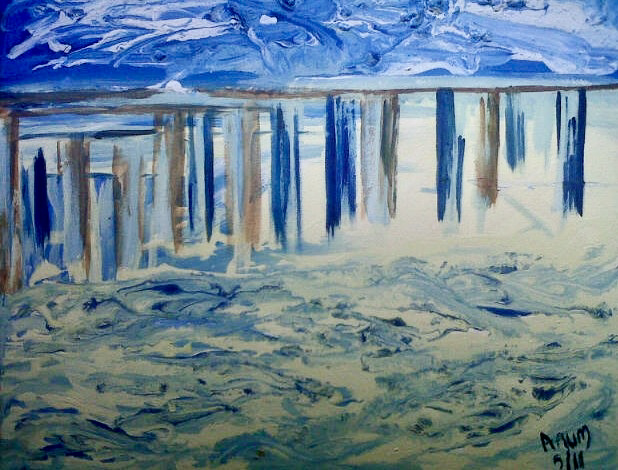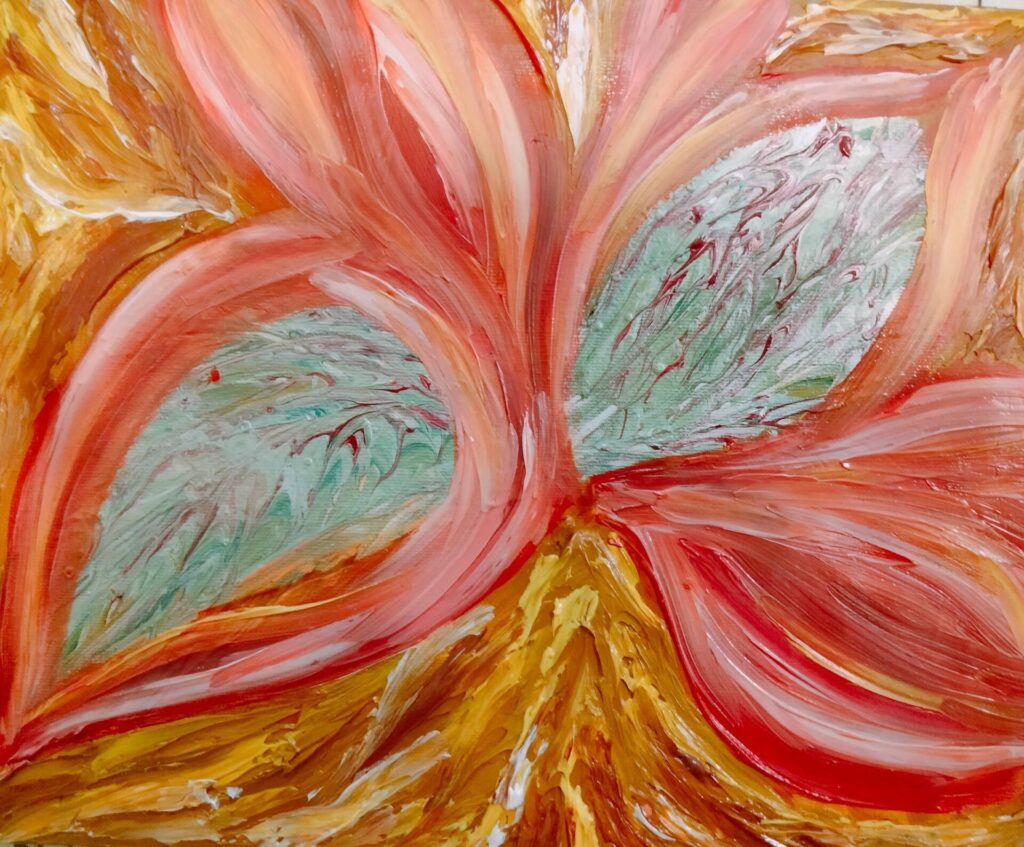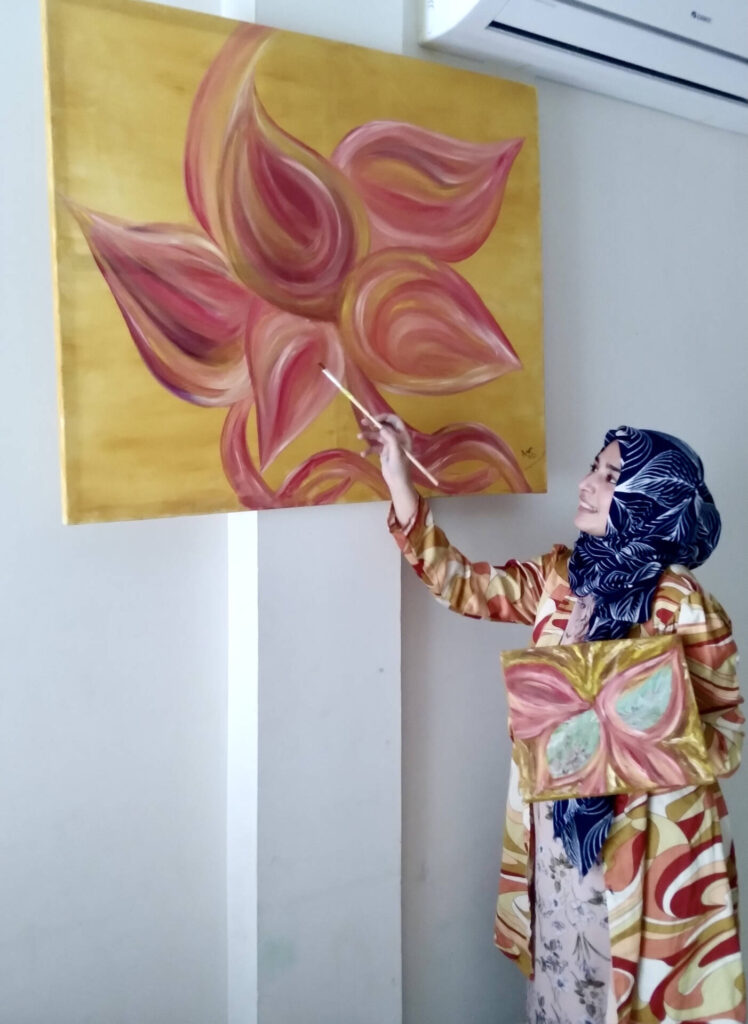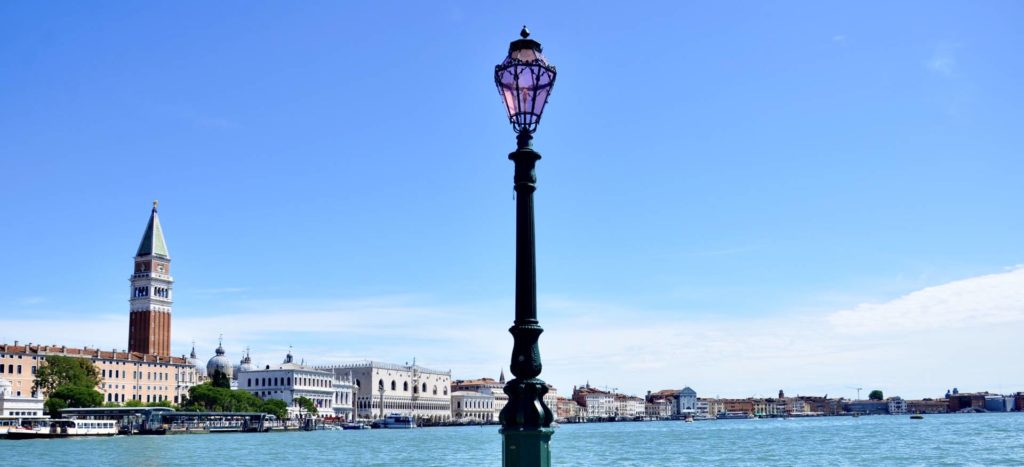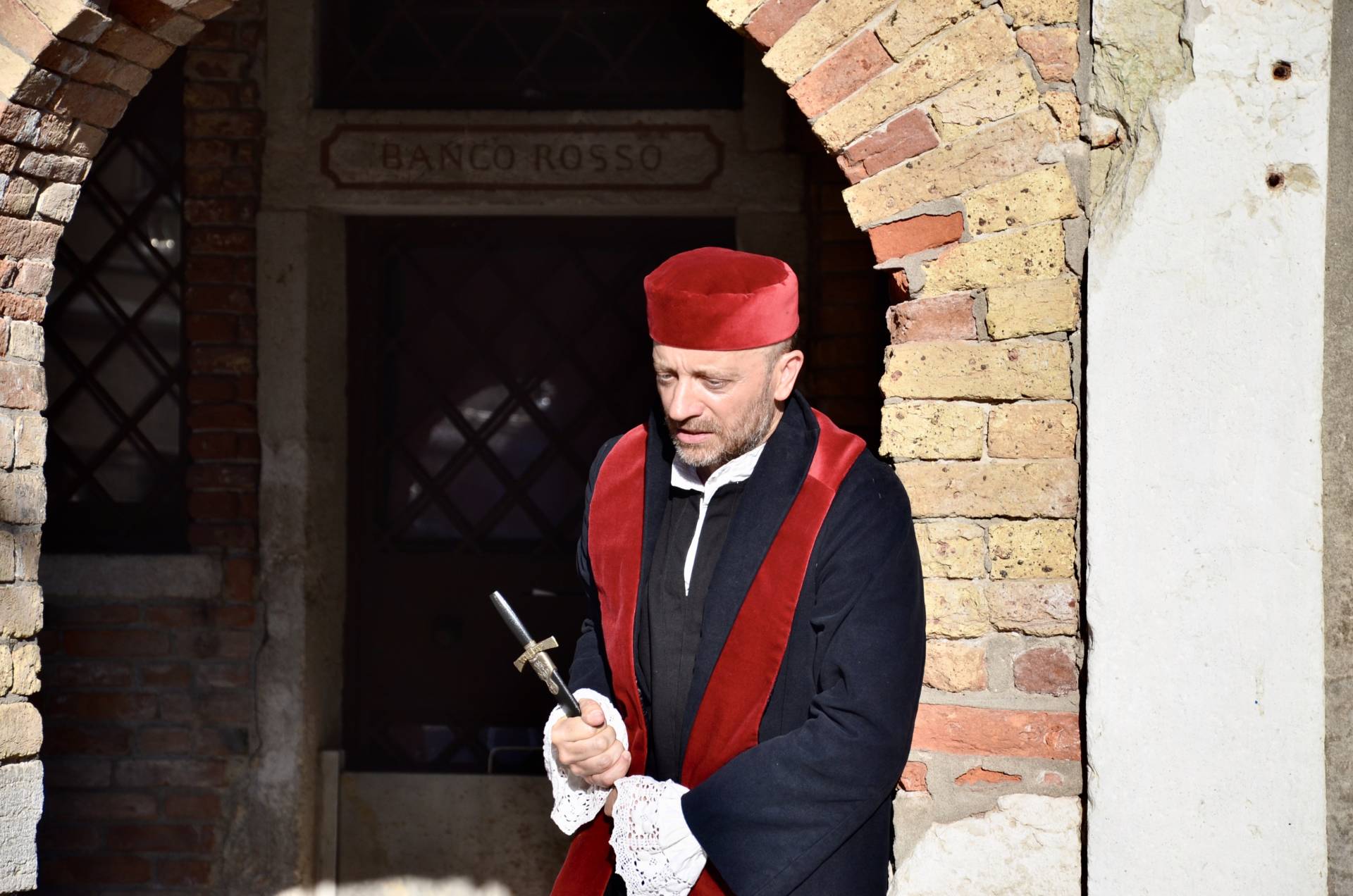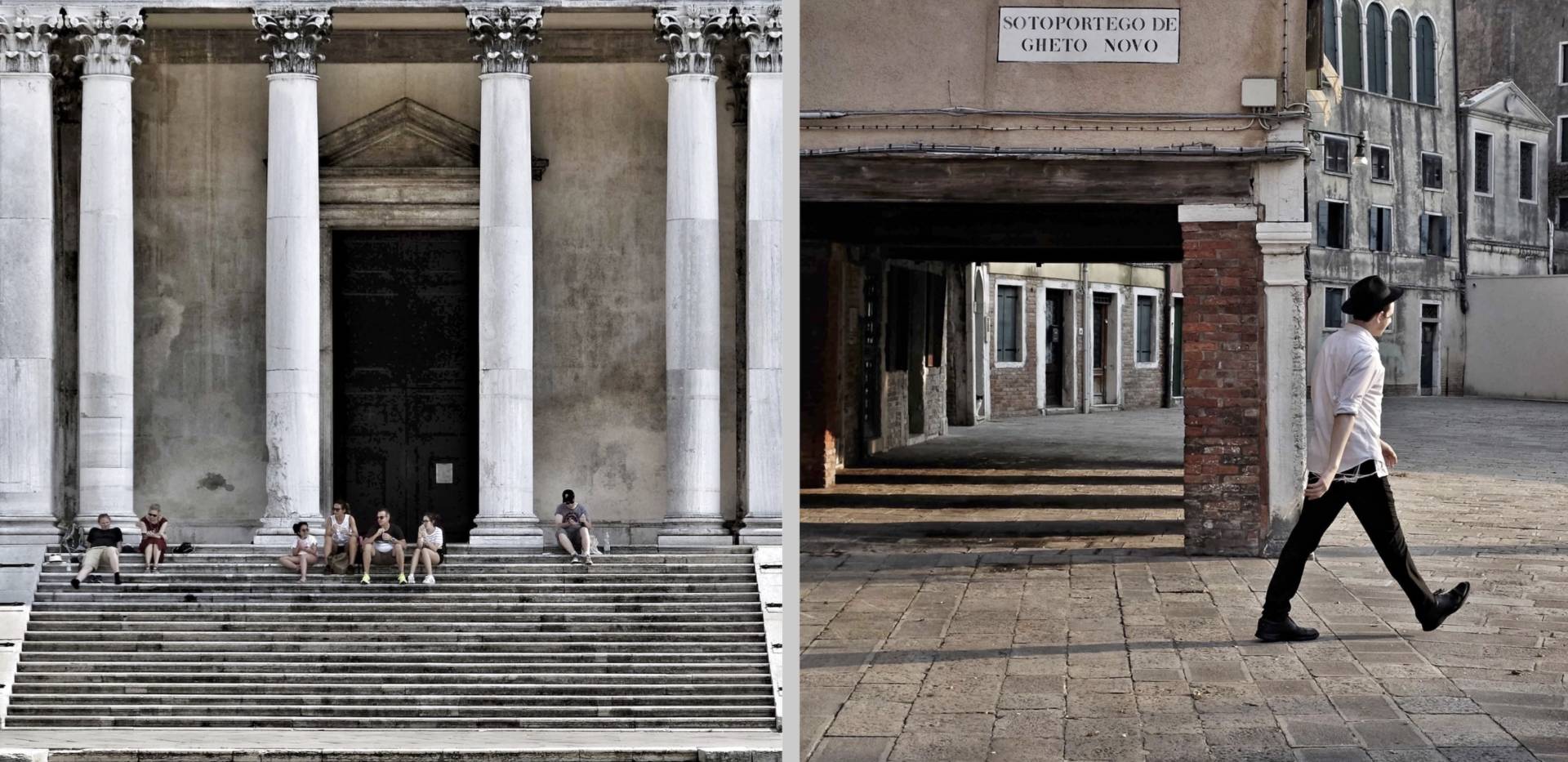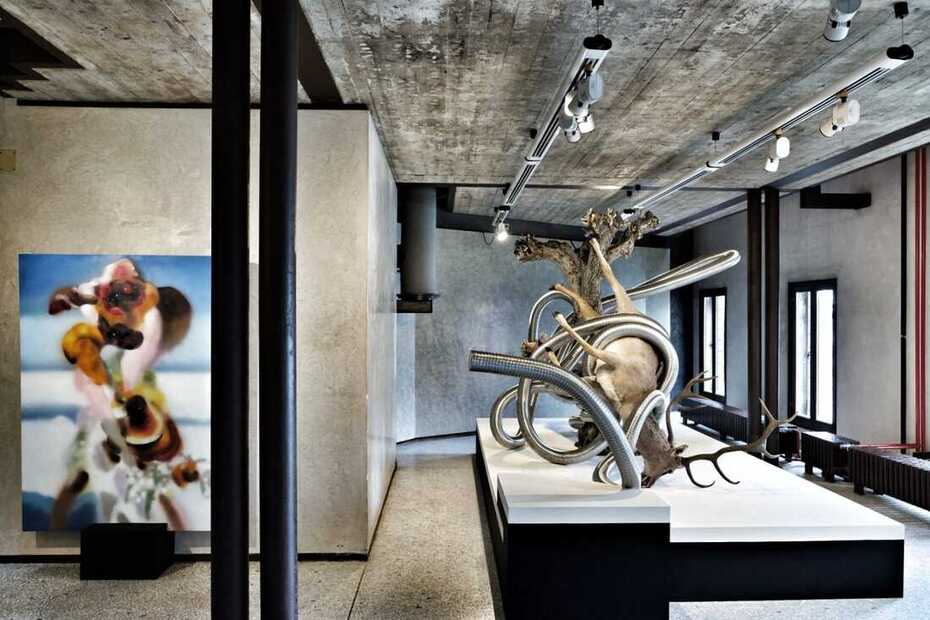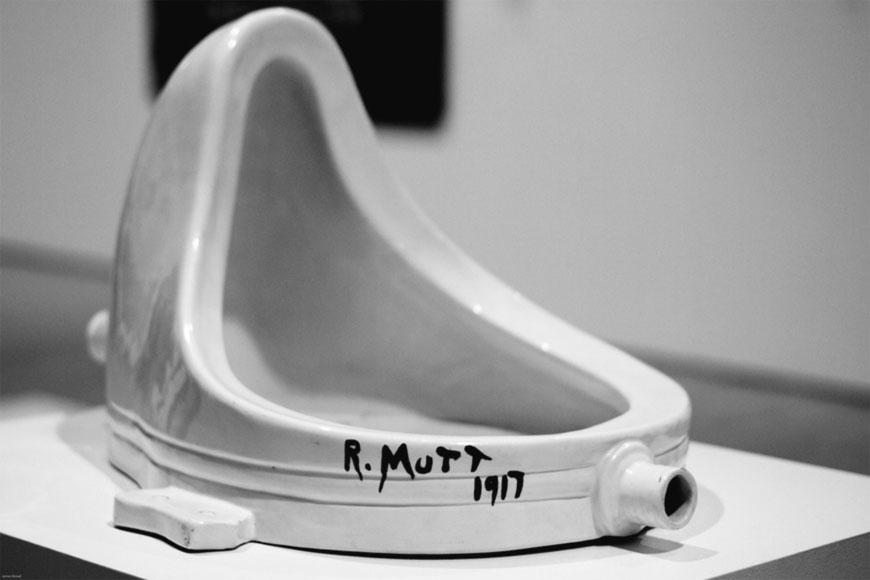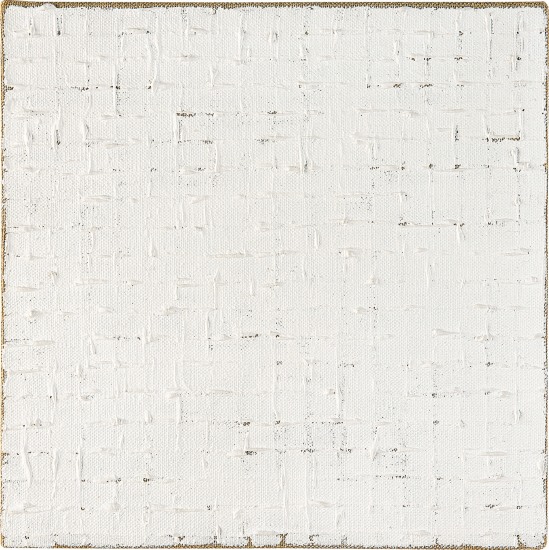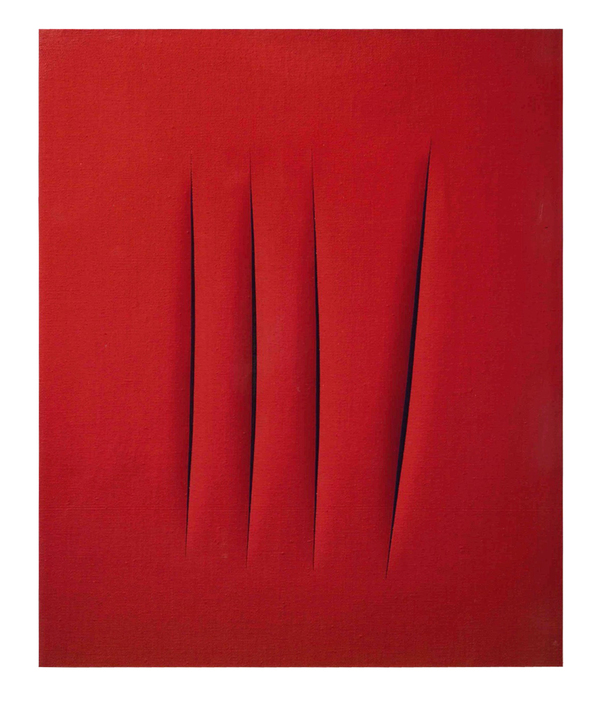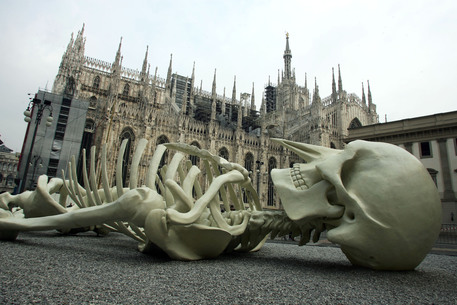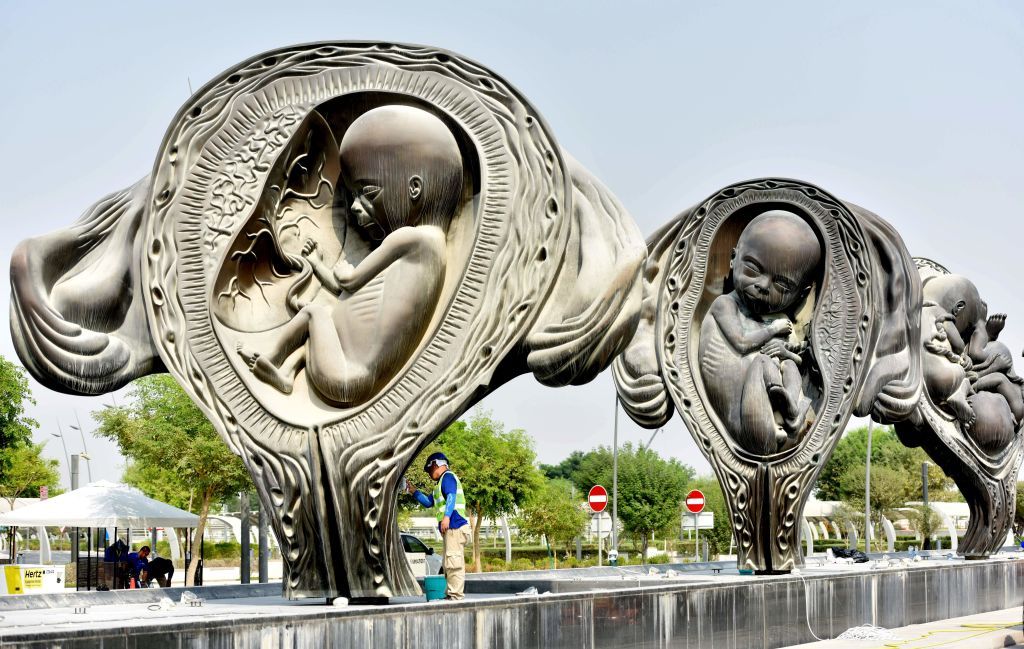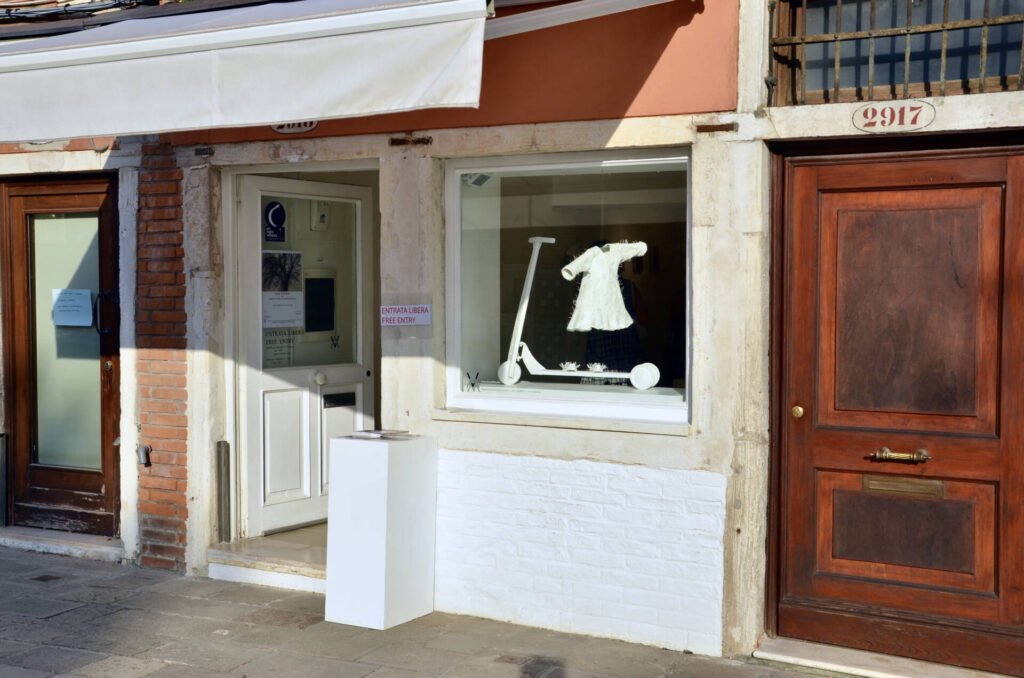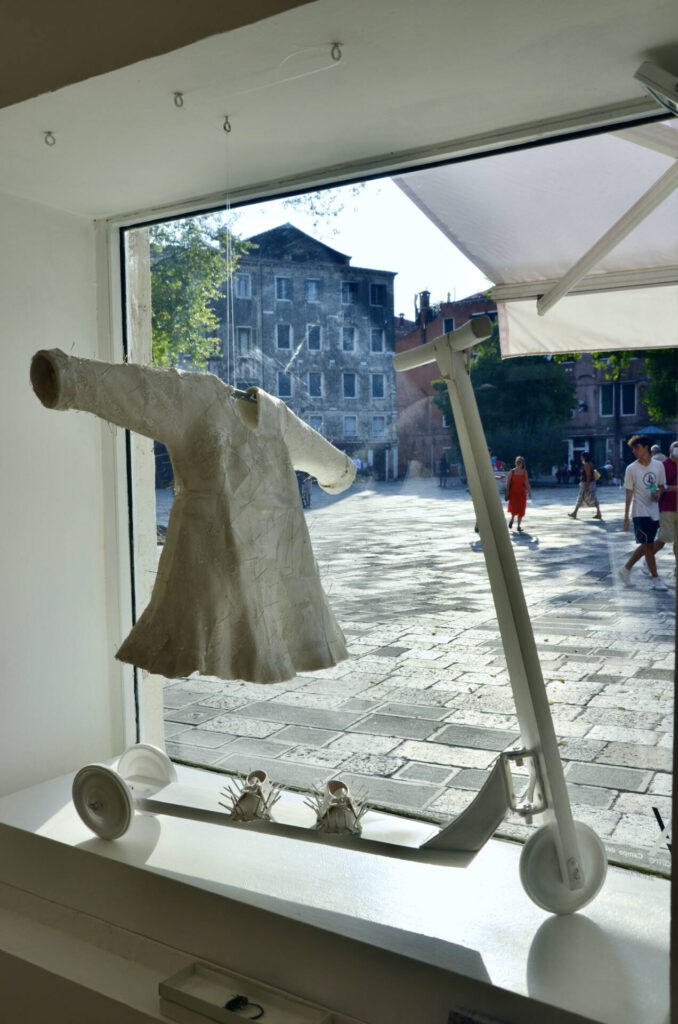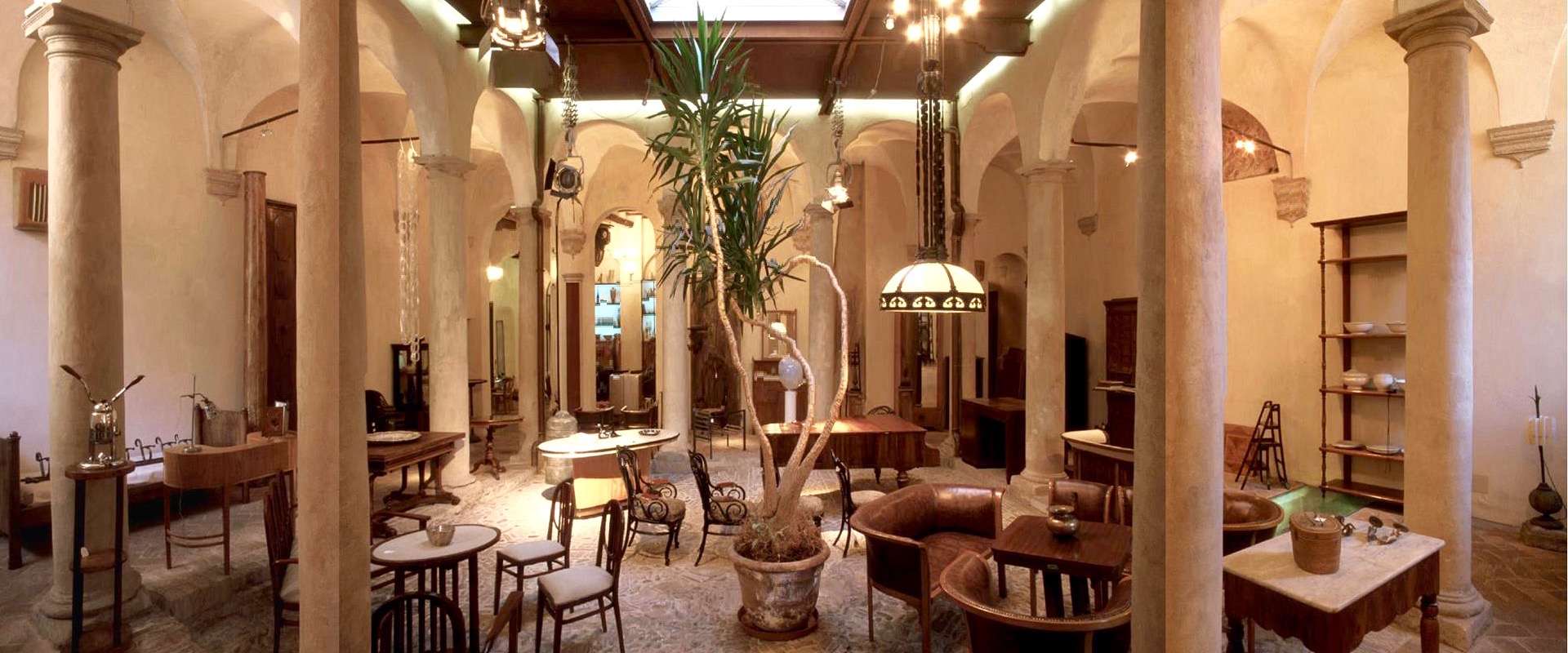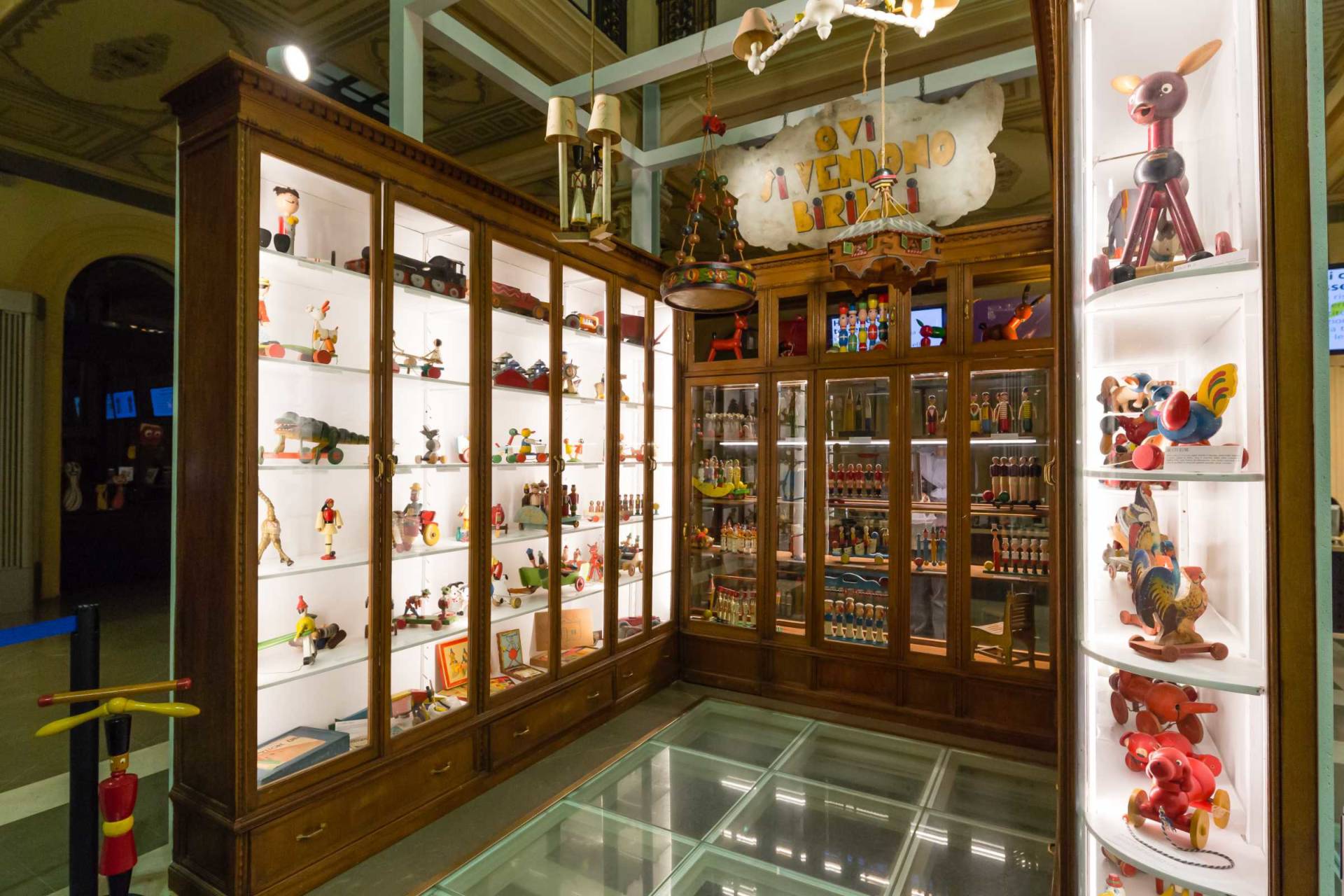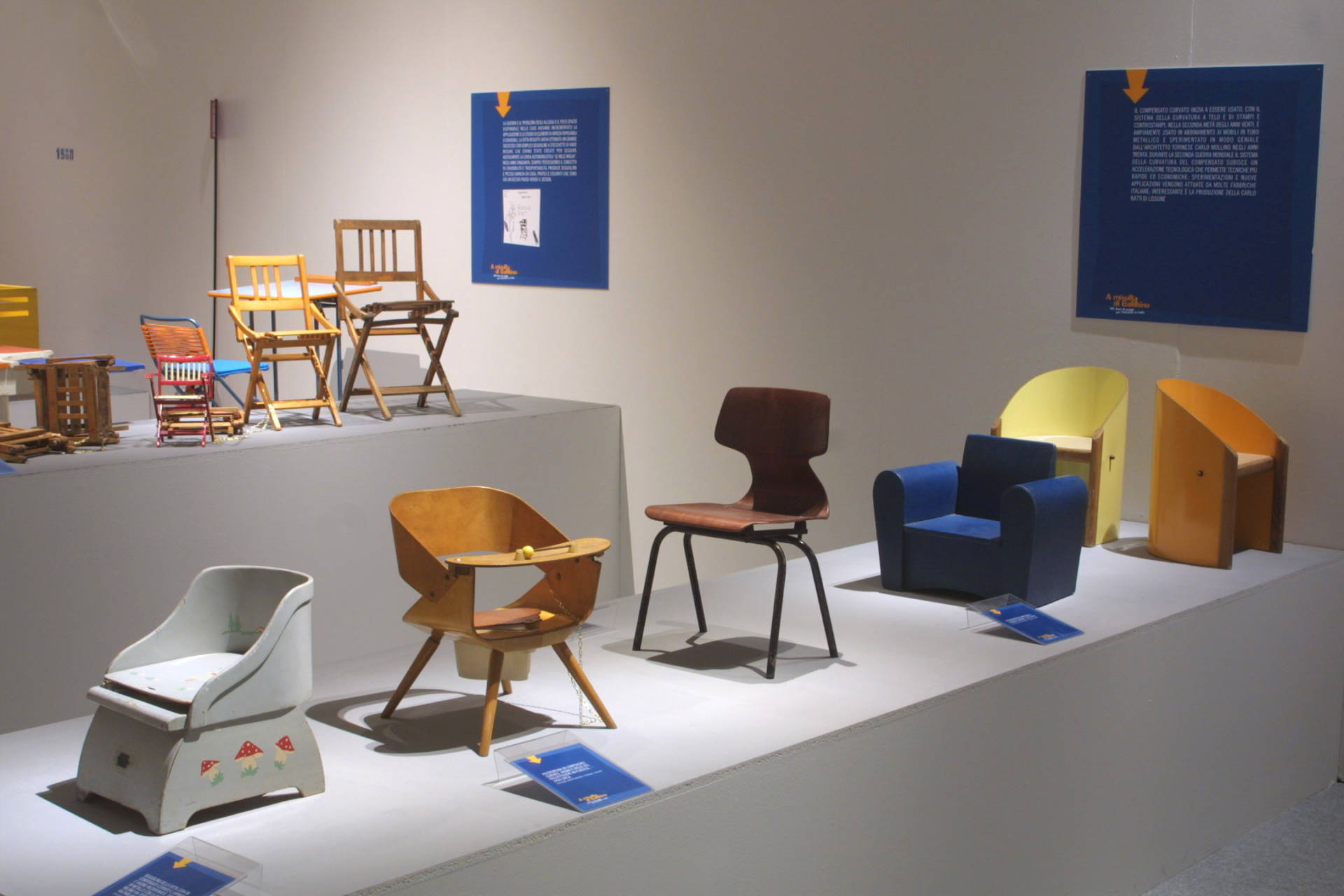The acquisition of new artwork by photographer Stefano Ceretti is imminent and for the occasion he is narrated by the talented pen of writer Enrico Neiretti. When writing meets photography the liaison is a limitless becoming

Entering Stefano Ceretti’s studio a comforting feeling of plunging into a micro-world where everything is mixed: past, present and future, languages, objects and words, faces, places, curiosities. So many different stimulation and so many different stories mingle together, communicating, contrasting, colliding, harmonizing: it almost as if the images gallery displayed on the walls can come alive at any moment and reveal the voices of the the subjects of the portraits, the atmospheres of the landscape and the sentimental concept of nature in that intimate and special place. But maybe it’s just that, the magic of photography! A formidable language able to unlock memories and feelings that we carry inside; even if it is a stranger to tell them.
In this small early twentieth-century building in the center of Biella (Piedmont), located between an Art Nouveau building and a large 1970s apartment building – as evidence of the layering of time – Stefano Ceretti has placed his base, his world, the sign of a personal, professional and artistic path whose trajectories can be discerned distinctly. Walking on the old cement tiles and creaking parquet and following that images gallery that dialogue with the retro interior of the studio – making them even more engaging – you can see all the phases of Stefano’s professional carrier. And it’s precisely the feeling of a path built day by day that these rooms laden with photographs and objects give back. A feeling that Stefano’s dense and flowing narrative -which ranges enthusiastically over thirty years of experiences, choices, battles, and questioning of his own work- confirms.

Stephen’s work as a photographer is closely intertwined with his artistic expression. And in turn, the artistic expression is grafted into his human experience: it is no coincidence that his best-known work, “Black Hands White,” was born in the dark period of his serious disease (in the early 2000s) and marking a crucial evolution in his photographic aesthetic: in the series of black-and-white shots, hands reach out, move, clasp, seem to be searching for something, perhaps a handhold, perhaps the comfort of another hand, and then finally join together in a sign of strength, union, and peace. This artwork has been exhibited in Berlin, New York, and Venice. And with this last city – Venice – Stefano has forged a close and deep relationship, building an ever stronger bond that today is a source of inspiration for part of his artistic work.
The collaboration with G’art [galleria delle arti] in Venice has been the foundation of this relationship by which, actually, the purely professional aspect of his work has acquired an important dimension of self-motivation. One might even think, that between the ancient atmospheres of his studio and the most attentive viewer’s perception of Venetian time there is a connection.
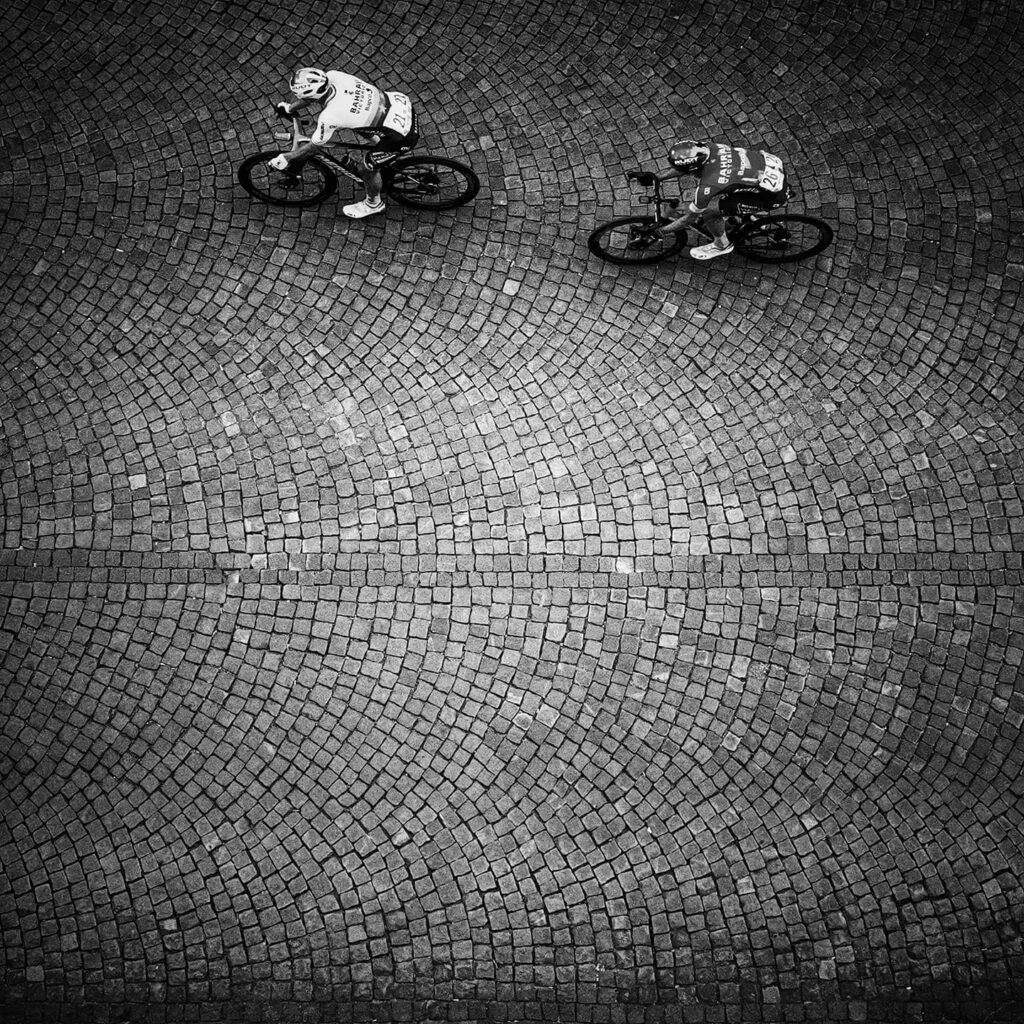

During a nice chat in his studio, in his direct and enthusiastic way, Stefano tells me how many times, he feels the urge to disconnect from Biella to go to Venice and enjoy the pleasant city life to intersperse his work with a chat, a break for a coffee or a meetings with friends. From the moment he first met Venice as a tourist, many years ago, there were many professional occasions and personal encounters until today.
And “the personal relationships” are a key aspect of Stefano’s life, a man of great frankness and open-mindedness who believes in human-interaction: one of his best-known projects is the #Feelpeople initiative, which brought together – under this social-flavored logo – hundreds of portraits of people then exhibited in dedicated events. A sort of reversal of the impersonal dimension of social networks, in which interaction is immaterial and turns into an image on a screen. Starting from a series of live portraits, instead, #Feelpeople, aims to stimulate a real face-to-face relationship.

Well, what fascinated me about Stefano Ceretti’s work is the sense of a continuous movement, of a renewal of languages or point of view, sometimes chosen deliberately, other times dictated by chance. And photography, with its communicative power, give us the perfect sensation of a gaze that evolves and sweeps, and leads far away though containing the memory of a past that represents the starting point of every journey.
I used to believe that photography is the perfect metaphor for the gaze on the world: not just for its being visual art, but also – and above all – because photography is is the apex of observation and exploration of reality process which requires attention, curiosity and an ability to select. In the talk I had with Stefano Ceretti, the relationship with reality is exactly what has appeared: what inspires a project is often something unexpected, accidental, dramatic. To be able to traslate these moments of sudden change into new opportunities, is an exhausting and fascinating challenge to which sooner or later we are all required.
Enrico Neiretti


“The province sews a role on you. That’s how you live your life: looking at the world in a one-way, squeezed into your constricting clothes, your eyes scanning a narrow horizon in search of the few landmarks you have. But your mind never stops wandering, dreaming, yearning for something different. And your gaze follows it: as the perspectives become a little wider, as the world offers some image of itself, your gaze fatally turns away from impositions and impostures and falls in love with expressions of freedom. Then one day it happens that someone asks: What do you really desire? For an instant you hesitate, you falter, you tremble: to tear down the chipped wall that holds you back or to shield, to hide, to stand still? At which point you realize that the voice is offering you a precious opportunity. So you breathe deeply and begin to tell.”
My name is Enrico Neiretti, I am a little past fifty, I live – and work – between two small Piedmontese provinces: Biella and Vercelli. Stories, places, languages, styles and exploration are my passions. I practice a kind of flânerie (stroll) searching something that resounds at the same frequency as my emotions.
Press office: press.gart@gmail.com

